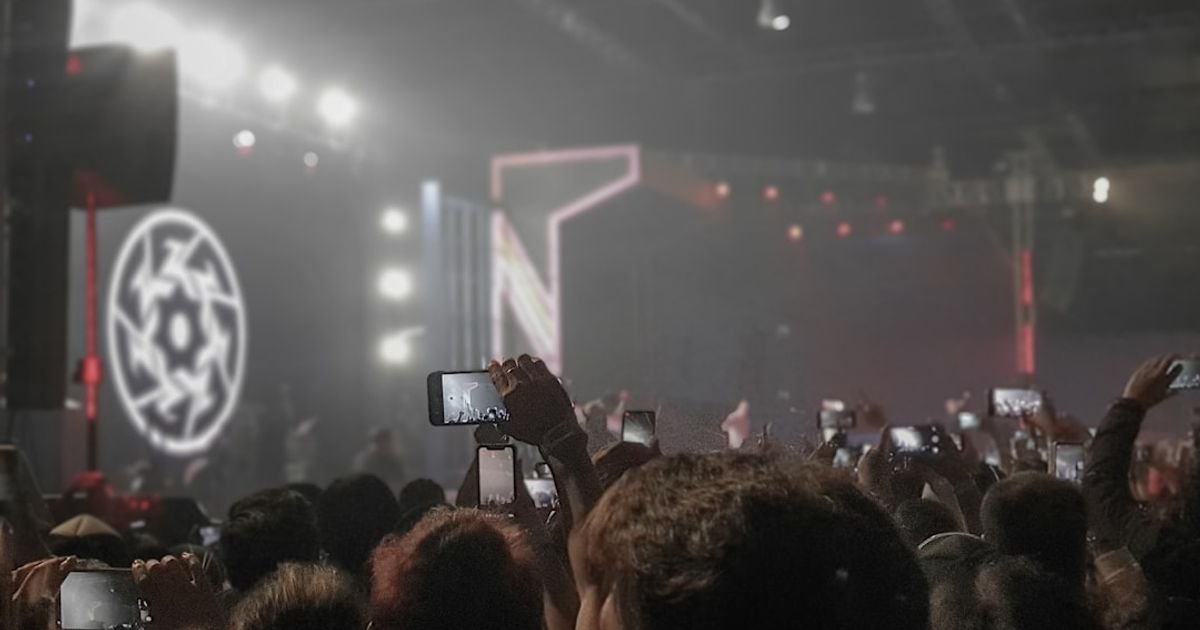About Prompt
- Prompt Type – Dynamic
- Prompt Platform – ChatGPT, Grok, Deepseek, Gemini, Copilot, Midjourney, Meta AI and more
- Niche – Audience Analytics
- Language – English
- Category – Media Processing
- Prompt Title – AI Prompt for Real-Time Face Recognition in Live Entertainment Shows
Prompt Details
**Prompt Type:** Dynamic
**Target Platforms:** All AI Platforms (adaptable)
**Purpose:** Media Processing (Real-time face recognition and analysis for audience analytics during live entertainment shows)
**Prompt Template:**
“`
TASK: Real-time face recognition and analysis for audience engagement during a live entertainment show.
INPUT: A continuous live video stream from [camera_source] capturing the audience at [event_name] on [date]. The camera is positioned at [camera_position] and has a [field_of_view]. The expected audience demographics are [expected_demographics]. The show features [show_features], and key moments are expected at [key_moment_timestamps]. The desired processing frame rate is [frames_per_second].
PROCESSING STEPS:
1. FACE DETECTION & RECOGNITION:
* Detect faces in each frame of the live video stream.
* For each detected face, attempt to recognize the individual against a pre-provided database of known faces (optional: [database_location/API_endpoint]).
* If a face is recognized, associate the corresponding metadata (e.g., name, demographics, past attendance) with that face.
* If a face is not recognized, assign a unique anonymous identifier.
2. FACIAL EXPRESSION ANALYSIS:
* For each detected face, analyze facial expressions in real-time. Classify expressions into categories like joy, surprise, anger, sadness, neutral, etc.
* Calculate the intensity of each detected emotion.
* Track changes in facial expressions over time for each individual.
3. GAZE & ATTENTION ESTIMATION (Optional, if supported by the platform):
* Estimate the gaze direction of each detected face to determine where they are looking on stage or within the venue.
* Calculate attention spans based on gaze fixation duration.
4. DEMOGRAPHIC INFERENCE (If face recognition is not available/reliable):
* Infer demographic information (age, gender) for each detected face using appropriate AI models.
5. DATA AGGREGATION & REPORTING:
* Aggregate the collected data (recognized individuals, demographic inferences, emotional responses, gaze information) over time.
* Calculate overall audience engagement metrics, such as:
* Average emotional valence.
* Number of unique attendees (recognized and anonymous).
* Demographic breakdown of the audience.
* Peaks in emotional responses correlated with key moments in the show.
* Average attention spans during different parts of the show (if gaze estimation is used).
* Generate real-time reports and visualizations of these metrics, updating at a frequency of [reporting_frequency].
OUTPUT FORMAT:
* Real-time data stream in [desired_data_format] (e.g., JSON, CSV) containing the aggregated audience analytics and individual face data (anonymized or with associated metadata if recognition is used).
* Visualizations (e.g., charts, graphs) of key metrics updated in real time. (Optional, if supported by the platform).
CONSTRAINTS:
* Real-time processing with minimal latency.
* Data privacy: Ensure all data is handled securely and ethically. Anonymize data where necessary. [Specify any additional privacy regulations].
* Accuracy and reliability of face detection, recognition, and expression analysis.
EVALUATION METRICS:
* Accuracy of face detection and recognition (if applicable).
* Accuracy of facial expression analysis.
* Latency of processing.
* Data throughput.
EXAMPLE:
“TASK: Real-time face recognition and analysis for audience engagement during the ‘Rockfest 2024’ concert on July 20, 2024.
INPUT: Live video stream from Camera 3 located at the back of the venue with a wide field of view. Expected demographics are primarily adults aged 25-45. The show features popular rock bands and pyrotechnics. Key moments are expected during the headliner’s performance at 22:00. The desired processing frame rate is 15 FPS.
OUTPUT FORMAT: Real-time JSON data stream and interactive dashboard visualizations.”
“`
**Adapting the Prompt:**
This prompt template is designed to be adaptable to various AI platforms.
* **Camera Source:** Replace placeholders like “[camera_source]” with specific information about your setup.
* **Platform-Specific Instructions:** Add platform-specific keywords or syntax as needed. For example, you might need to specify model names for face detection, recognition, or expression analysis.
* **Resource Constraints:** Include any limitations on processing power, memory, or bandwidth.
* **Output Customization:** Tailor the output format and reporting frequency to your specific needs.
* **Privacy Requirements:** Clearly specify data privacy regulations and anonymization procedures.
By customizing this detailed prompt, you can effectively leverage the power of AI for real-time audience analytics in live entertainment shows. This provides valuable insights into audience engagement and can inform decisions regarding show production, marketing, and future event planning.

